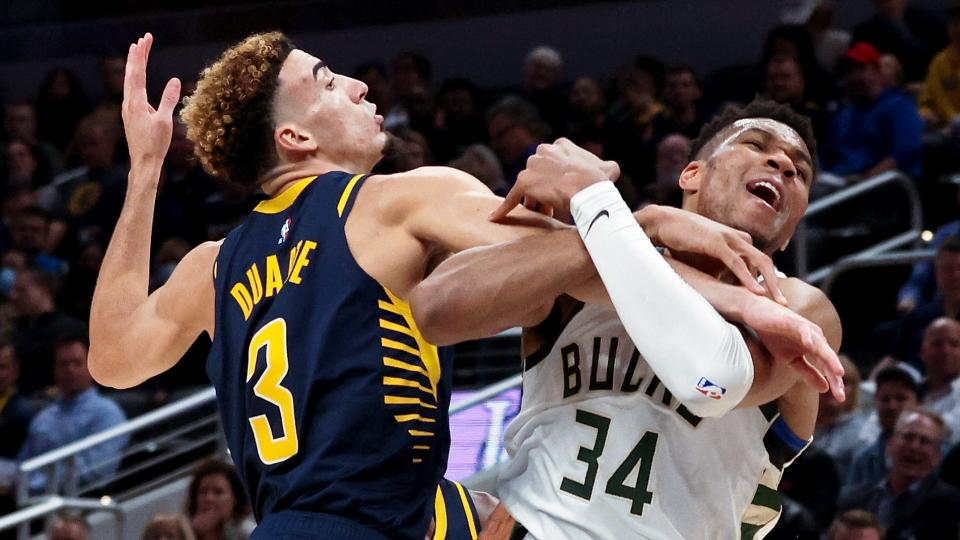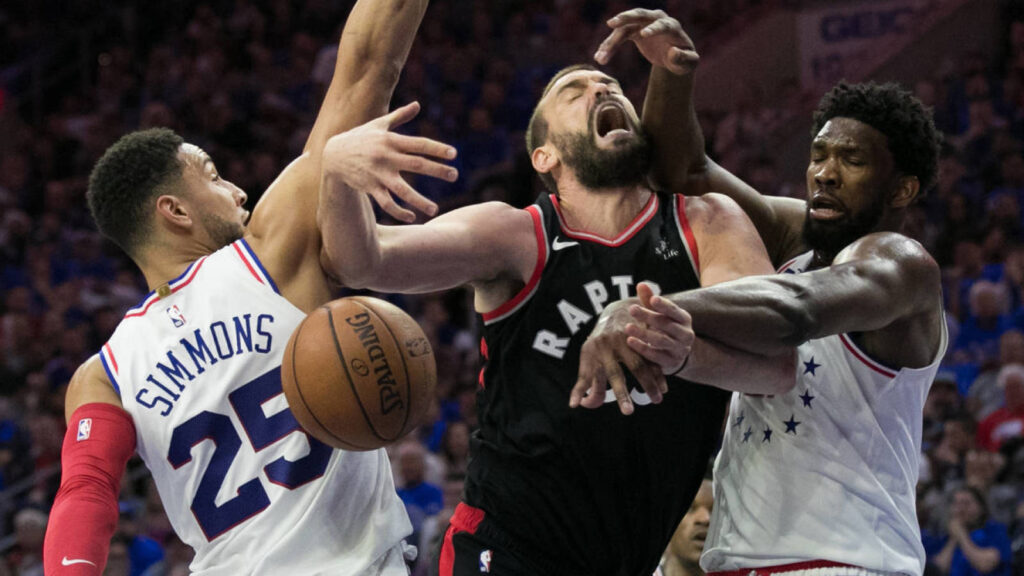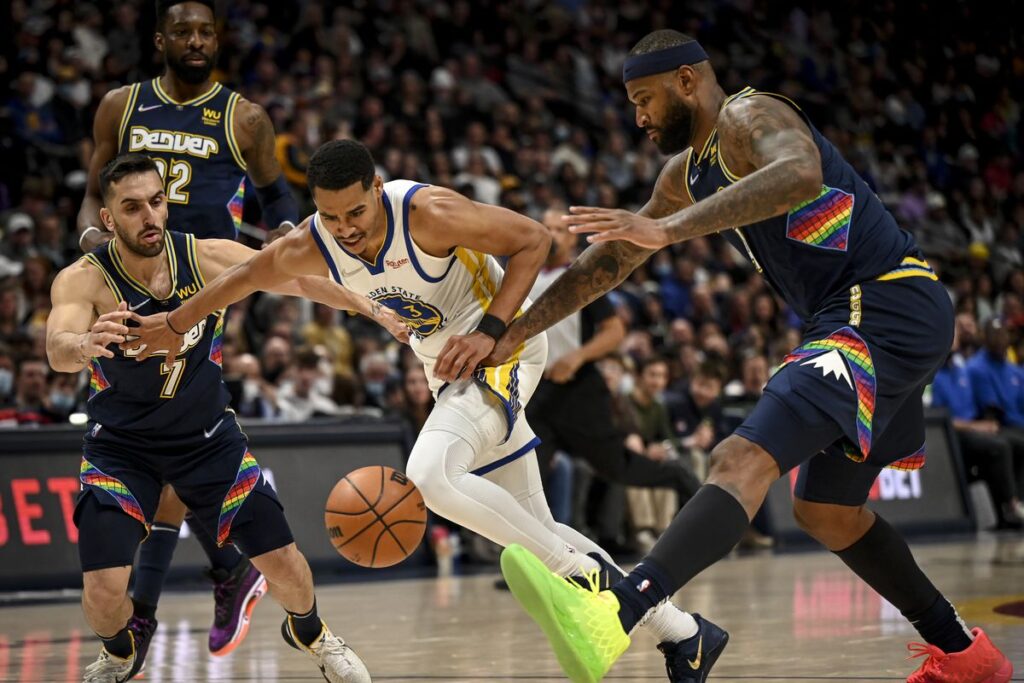How To Foul In Basketball? Before being fouled out, NBA players are given six fouls. When a player commits his sixth foul, he should leave the court.
A player can commit a maximum of five personal fouls in high school and college basketball, such as the NCAA. If he goes over that limit, he must leave the game.
The difference in the timing of the game is the cause of the broadening of fouls in the NBA. When we divide the average amount of time for an error by two, we get eight minutes. So you’ll get five fouls in a 40-minute match. You will receive six fouls in a 48-minute game before being sent off.
Coaches as well as team managers will need to track and supervise team members on a regular basis so that overall performance is not disrupted. Many coaches will think about giving a player a break if they commit two or more errors. This strategy is widely used and very effective in tournaments.
Personal Fouls in Basketball: What Are They?

Simply put, a foul occurs when a player infringes a rule in a more serious manner than average violations. if it is your first time, so it is your first time. This is your first time. This is your first time. There will be penalties based on the number or kind of fouls committed.
The offending team may lose possession of the ball, the fouled player may receive free throws, and the fouled player may be forced to leave the field too many times. The player may be barred from playing in multiple matches in a row.
An individual can pledge one of 5 types of fouls during competition. This section will help you better understand the characteristics of each type.
Personal fouls
A personal foul is typically committed when a player makes illegal body contact with an opposing player. Pushing, obstructing, holding, and lunging to stop an opponent’s progress using techniques such as extending the legs, knees, hands, arms, or body bends in a strange situation are examples of these collisions.
If a player fouls while the opposing player is shooting, the penalty is a free throw for the fouled player. If they attempt a two-point shot, they will shoot 2 free throws. If a player attempts a three-point shot, he will be awarded three free throws.
If the player’s shot is successful and the score is correct, he will be given another free throw.
Flagrant fouls
A flagrant foul is committed when a player injures an opponent. Flagrant fouls are classified into two types.
The first method involved avoidable collisions. The penalty will be a free throw and loss of the ball’s possession to the opponent’s hand. Excessive or unneeded exposure is another kind of flagrant foul. Penalties for this type of foul include game suspensions and fines for the fouled player. His opponent will receive a free throw and ball possession.
Technical fouls
A technical foul is committed when the game’s governing rules are broken. Players who fight or use offensive language are common causes of this error. Even a coach can dedicate a technical foul if he or she engages in extreme or violent behavior during a dispute or swears.
Each technical foul results in a free throw and the asset of the ball is given to the opposing team. The match will be called off after two technical fouls. If a player frequently commits technical fouls, they will most probably be banned from the playoffs and the regular season.
Offensive foul
When the attacking player’s team has the ball, the offensive foul typically occurs. Offensive fouls are classified into two types: charging as well as illegal screens.
Charging occurs when an attacking player collides with a defender whose foot is locked. An illegal screen foul occurs when an uncaught player moves around the field to block an opposing defender whilst also setting a screen for a teammate.
Loose Ball fouls
When neither team has the ball and a player makes illegal contact while fighting for a loose ball, a fault occurs. The penalty for this mistake is that either the opposing team takes control of the ball or gets a free throw.
Team fouls

During the game, the overall number of fouls committed by the team increased. A team will be considered “beyond the foul limit” after a specific number of fouls.
Non-shooting fouls will result in free throws for the opposing team. The NBA’s rules will differ from those of high school and college basketball.
In the NBA, team fouls are commonly added at the end of each quarter. A team is allowed four fouls. The opposing team will receive 2 free throws beginning with the fifth foul.
Every half in high school sports or the NCAA league, team fouls are tallied. After six team fouls, the opposing participant will take a one-on-one throw-in. The opponent must consider taking the first free throw prior to actually moving on to the 2nd free throw in a one-on-one situation.
The game will continue if the player misses the first ball. If a team commits ten fouls in the first half, their opponent is awarded two free throws.
How To Foul In Basketball?
Aggressive shooters frequently drive to the rim as well as from far beyond the arc. The primary goal of this basketball action is to elicit some illegal contact from the defender side of the opponent. It will award a free throw to boost their lead or decrease the deficit.
This method has recently gained popularity. One example is when the assailant jumps at the defender whilst also attempting a three-point shot. If the defender comes into contact with the opponent’s landing zone, the attacker will jump free throws.
Another strategy is a good foul, which occurs when a fouled player is almost certain to score. By fouling and obstructing the two-point gap too quickly, the defender compels the attacker to take 2 points from the free-throw line.
The absence of a player from the match has a significant impact on the outcome, so no one seems to want to get in hot water. The lack of Giannis Antetokounmpo was the decisive factor in the Toronto Raptors’ 118-112 victory over the Milwaukee Bucks in double overtime in 2019. He was compelled to leave the field after accumulating six player fouls. It wreaked havoc on the Bucks’ offensive line, ultimately leading to the above outcome.
Last Thoughts
How To Foul In Basketball? A player foul is completely understandable in a fast-paced, thrilling sport such as basketball. We cannot, however, use this as an excuse for unsporting or illegal behavior.
To avoid making just so many mistakes in the game, a good player must have a great blend of skill and calmness.

